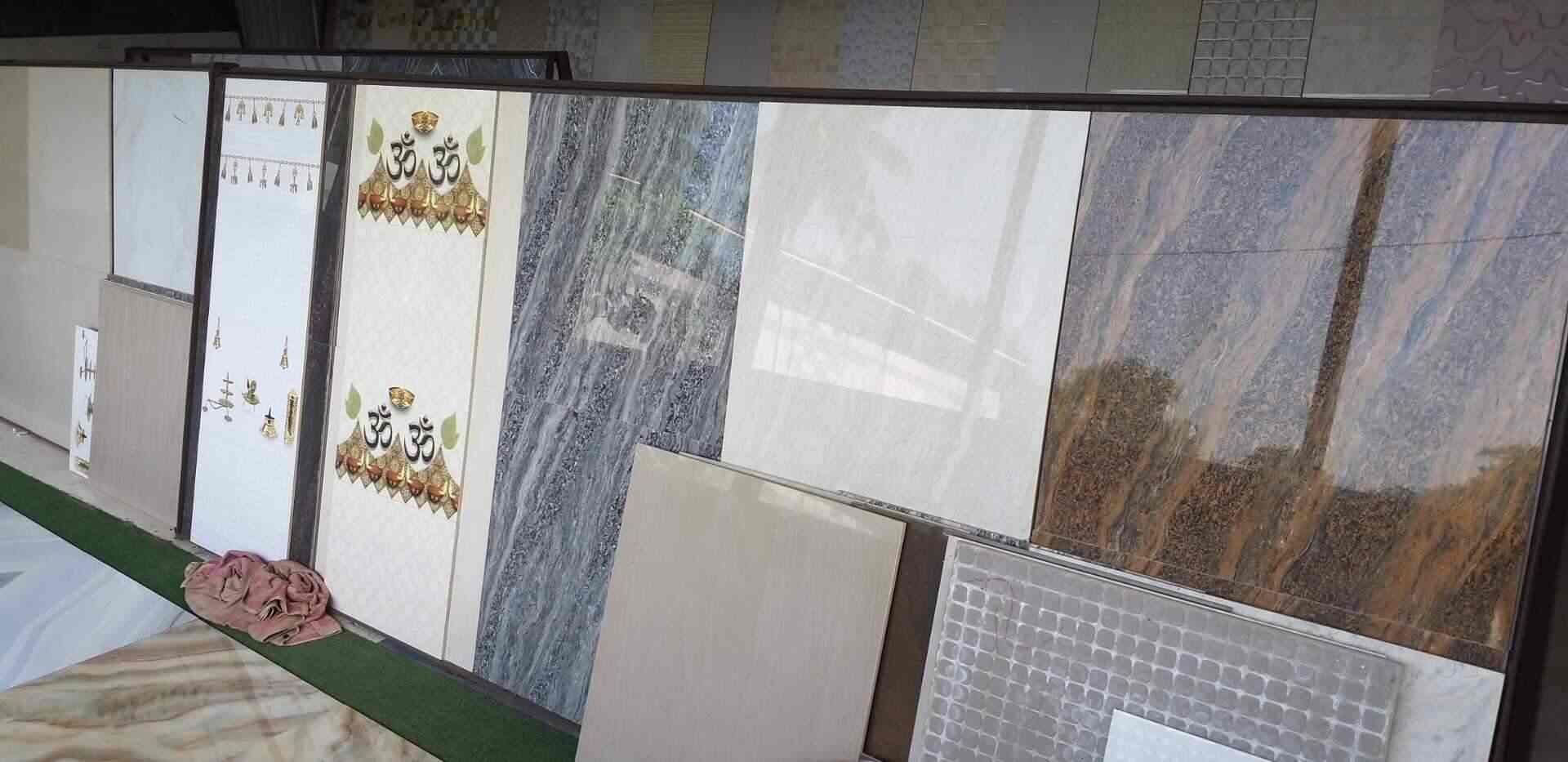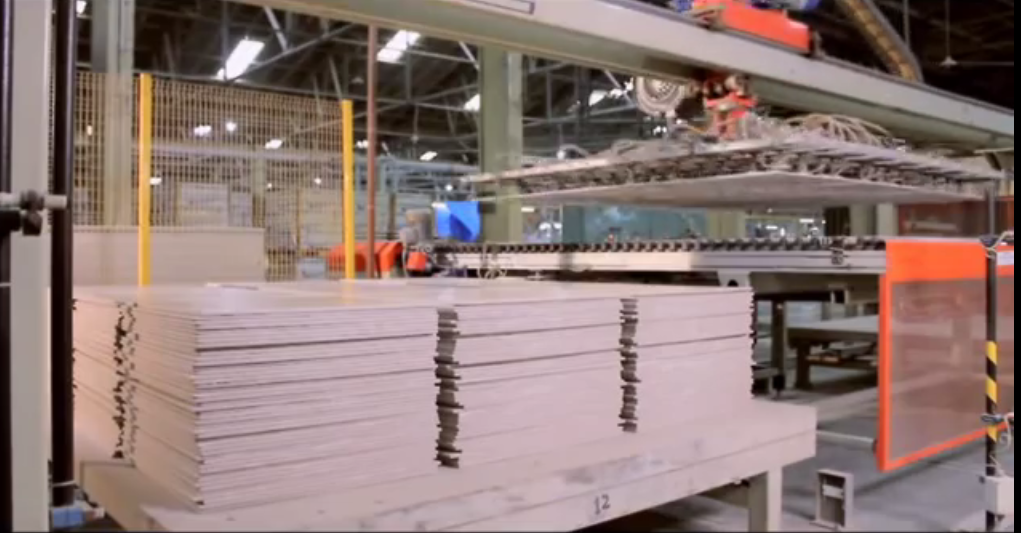From Soil to Global Markets: A SWOT Analysis of Iran’s Tile and Ceramic Industry
Iran’s tile and ceramic industry is a fascinating fusion of ancient craftsmanship and modern production. For centuries, Persian tiles have adorned palaces, mosques, and homes with their stunning designs and vibrant colors, earning a place in global history. Today, this rich heritage supports a thriving industry that ranks among the world’s top producers of ceramic tiles. With vast resources, skilled artisans, and a growing domestic market, Iran’s tile sector holds immense potential. Yet, it also faces challenges in a competitive global landscape.
In this article, we explore the Iran ceramic industry through a detailed SWOT analysis, examining its strengths, weaknesses, opportunities, and threats. This analysis offers a clear view of where the industry stands and how it can grow, making it a valuable resource for investors, manufacturers, and anyone interested in tile manufacturing in Iran. Let’s dive into the factors shaping this industry and its journey from Persian soil to global ceramic markets.
What is a SWOT Analysis?
A SWOT analysis is a strategic tool used to evaluate four key elements of an industry or business:
- Strengths: Internal advantages that give it a competitive edge.
- Weaknesses: Internal challenges that limit progress.
- Opportunities: External possibilities for growth and success.
- Threats: External risks that could harm performance.
By breaking down these aspects, we can better understand the dynamics of Iran’s tile and ceramic industry and identify steps to enhance its position in the global ceramic market.
A Snapshot of Iran’s Tile and Ceramic Industry
Iran is a powerhouse in tile manufacturing, producing around 500 million square meters of ceramic tiles annually. With over 100 factories, it ranks among the top five global producers, alongside giants like China and Italy. The industry thrives in provinces like Yazd and Isfahan, where raw materials are plentiful and skilled workers are abundant.
Iranian tiles are celebrated for their durability, quality, and unique designs, often inspired by traditional Persian patterns. The industry serves both a robust domestic market—fueled by construction and housing projects—and an expanding export network, reaching countries like Iraq and Afghanistan. However, to fully realize its potential, the industry must navigate both internal and external challenges.
Strengths of Iran’s Tile and Ceramic Industry
A Legacy of Craftsmanship
One of the greatest strengths of the Iran ceramic industry is its cultural heritage. Persian tiles, with their intricate designs and vivid hues, have been a hallmark of artistry for centuries. This legacy gives Iranian products a distinctive appeal, especially in markets that value authenticity and tradition. By blending this heritage with modern production, Iran creates tiles that stand out globally.
Rich Natural Resources
Iran’s soil is rich with raw materials like clay, silica, and kaolin—essentials for ceramic production. These resources are abundant in key regions, reducing reliance on imports and keeping costs low. This natural advantage allows tile manufacturing in Iran to remain competitive, even in price-sensitive markets.
Skilled and Affordable Workforce
The industry benefits from a talented pool of workers, including artisans who carry forward generations of expertise. This skilled labor force ensures high-quality output while keeping production costs lower than in many Western countries. It’s a key reason why Iran can produce premium tiles at affordable rates.
Booming Domestic Demand
Iran’s rapid urbanization and government housing initiatives, like the National Housing Plan, drive strong demand for ceramic tiles locally. This steady domestic market provides a reliable base for manufacturers, cushioning them against fluctuations in export markets and supporting consistent growth.
Strategic Export Potential
Located at the crossroads of the Middle East and Central Asia, Iran enjoys access to regional markets like Iraq, Pakistan, and Turkmenistan. Its export opportunities in Iran are further enhanced by trade agreements, such as the one with the Eurasian Economic Union, positioning it to reach new customers with quality tiles.
Weaknesses of Iran’s Tile and Ceramic Industry
Aging Technology
While Iran excels in production volume, many factories use outdated equipment. This reduces efficiency, increases energy use, and limits innovation in design and quality. Compared to leaders like Italy, which use advanced digital printing, Iran’s tile manufacturing sector needs modernization to stay competitive.
Impact of Economic Sanctions
International sanctions have hit the industry hard, restricting access to modern machinery and key export markets like Europe and the U.S. Currency fluctuations and trade barriers also make it tough for manufacturers to plan investments or scale operations, stunting growth in the global ceramic market.
Weak Marketing Efforts
Despite producing high-quality tiles, Iran struggles with global branding. Unlike Italy or Spain, which dominate with strong marketing, Iranian manufacturers lack visibility. Limited participation in trade shows and poor digital marketing keep the industry from reaching its full potential overseas.
Quality Inconsistencies
While many Iranian tiles meet high standards, quality varies across factories. Some producers prioritize cost-cutting over consistency, leading to uneven durability or finishes. This inconsistency undermines efforts to build a unified, trusted brand in the global ceramic market.
High Energy Consumption
Ceramic production is energy-intensive, and many Iranian factories rely on inefficient kilns. This drives up costs and raises environmental concerns, especially as global buyers increasingly demand sustainable products. Energy inefficiency is a hurdle Iran must overcome to remain competitive.
Opportunities for Iran’s Tile and Ceramic Industry
Rising Demand for Green Products
Sustainability is a growing trend worldwide, and the global ceramic market is no exception. Consumers want eco-friendly materials, and Iran can seize this opportunity by adopting greener practices—like using recycled materials or energy-efficient kilns. This could open doors to markets in Europe and beyond.
New Export Horizons
Iran’s current exports focus on nearby countries, but there’s room to grow. Markets like Russia, India, and Africa offer untapped potential. For instance, Africa’s urban growth and Russia’s construction boom create demand for affordable, quality tiles—perfect for Iran’s offerings.
Embracing Technology
Investing in modern tools, such as automated production lines or digital printing, could transform the Iran ceramic industry. These advancements would boost efficiency, cut waste, and enable more creative designs, helping Iran compete with top players in tile manufacturing.
Government Backing
Iran’s government aims to boost non-oil exports, including ceramics. Policies like subsidies for equipment upgrades or support for trade fair participation could provide a financial lift. Leveraging this support can help manufacturers expand and innovate.
Niche for Artisanal Tiles
Handcrafted, artisanal products are gaining popularity in high-end markets. Iran’s tradition of hand-painted Persian tiles aligns perfectly with this trend. By targeting luxury buyers in the U.S. or Europe, Iran could build a premium brand and increase profits.
Threats to Iran’s Tile and Ceramic Industry
Fierce Global Competition
The global ceramic market is dominated by heavyweights like China, with its low-cost production, and Italy, with its design prestige. Iran must find ways to stand out—whether through quality, sustainability, or unique designs—to hold its own against these rivals.
Economic Volatility
Iran’s economy faces inflation, currency devaluation, and rising energy costs. These issues increase production expenses and make pricing unpredictable, affecting both domestic sales and export opportunities in Iran. Stability is critical for long-term success.
Shifting Design Trends
Consumer tastes in interior design evolve quickly, with new styles and materials gaining favor. If Iran’s tile manufacturing sector doesn’t adapt to these changes—such as offering minimalist or textured tiles—it risks losing relevance in global markets.
Stricter Environmental Rules
As environmental regulations tighten worldwide, energy-heavy industries like ceramics face pressure to reduce their carbon footprint. Without cleaner production methods, Iran could lose access to markets with strict standards, hampering its global reach.
Political Risks
Geopolitical tensions and trade disputes create uncertainty for Iran’s exporters. Sanctions, tariffs, or shifting alliances could disrupt key markets, making it harder for the Iran ceramic industry to plan and grow. Diversifying export destinations is essential to mitigate these risks.
Conclusion
Iran’s tile and ceramic industry is a story of resilience and potential. Its strengths—cultural heritage, natural resources, and a skilled workforce—give it a solid foundation to build on. Yet, weaknesses like outdated technology and sanctions pose real challenges that must be tackled. The opportunities are exciting: from tapping into sustainable trends to exploring new markets, Iran has paths to growth. But threats, including competition and economic instability, remind us that success won’t come easy.
To shine in the global ceramic market, Iran’s industry needs a clear strategy: modernize production, boost marketing, and prioritize sustainability. By doing so, it can turn its rich legacy into a global brand, bringing Persian tiles from local soil to homes and buildings worldwide. The journey ahead is complex, but with the right steps, Iran’s tile manufacturing sector can claim its place among the world’s best.
قیمت های موجود در سایت تاریخ بروزرسانی آن ها ذکر شده و قیمت نهایی محصولات نمی باشند. لطفا جهت ثبت سفارش و استعلام قیمت بروز با کارشناسان ما در ارتباط باشید.
(035-3357)

